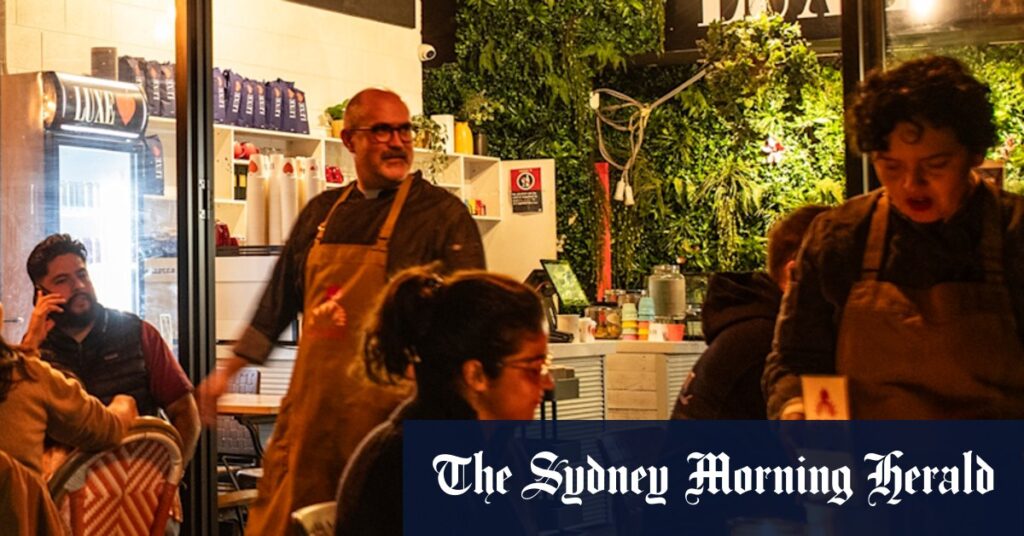
In a surprising twist to the typical café experience in Australia, patrons might find themselves enjoying a taco instead of a latte after 3 PM. This shift comes as small business owners in cities like Sydney and Melbourne face the dual challenges of rising operational costs and a consumer base tightening its purse strings due to the increasing cost of living.
With soaring rents, utilities, and wage bills, many cafes and daytime eateries are turning to innovative solutions to stay afloat. A growing trend is the subletting of shopfronts and kitchens to budding food entrepreneurs. This allows cafes to maximize their space usage by transforming into different dining experiences after hours.
Adapting to Economic Challenges
The Luxe Cafe in Rosebery, Sydney, exemplifies this trend. By day, it serves as a traditional café, but by night, it transforms into a bustling Mexican restaurant. Such adaptations are not only helping café owners share the burden of rent but are also providing a platform for aspiring chefs and restaurateurs to test their culinary concepts without the high costs associated with establishing a standalone venue.
This innovative approach is particularly appealing to individuals or couples who maintain day jobs and might have otherwise launched their food ventures as market stalls or food trucks. By utilizing existing café spaces, these entrepreneurs can operate a few nights a week, reducing their financial risk while gaining valuable experience in a physical location.
The Rise of Pop-Up Culture
The concept of pop-up restaurants is not new, but its integration into the café scene marks a significant evolution. According to industry experts, this trend is a creative response to the economic pressures faced by small businesses. It allows for a dynamic use of space and resources, often leading to unique culinary offerings that attract a diverse customer base.
Industry analyst Jane Doe notes,
“The pop-up model is a win-win. Cafes can cover their costs more effectively, and food entrepreneurs gain exposure and experience without the hefty investment of a full-time restaurant.”
Historical Context and Future Implications
Historically, economic downturns have often spurred innovation in the food and beverage industry. During the 2008 financial crisis, for example, many restaurateurs turned to food trucks as a cost-effective way to reach customers. The current trend of café pop-ups reflects a similar adaptive strategy, leveraging existing infrastructure to meet new market demands.
Looking forward, the success of these ventures could lead to a more permanent shift in how cafes operate. As consumers become accustomed to the variety and flexibility offered by pop-up dining, traditional cafes may increasingly adopt this model to remain competitive.
Moreover, this trend could inspire further collaboration within the hospitality industry, fostering a community of shared resources and mutual support among small business owners. As the economic landscape continues to evolve, the adaptability demonstrated by these cafes and entrepreneurs may well set a precedent for future innovations in the sector.
In conclusion, the rise of pop-up restaurants within cafes is a testament to the resilience and creativity of the Australian hospitality industry. By embracing change and collaboration, these businesses are not only surviving but thriving, offering a fresh and exciting dining experience to their patrons.






